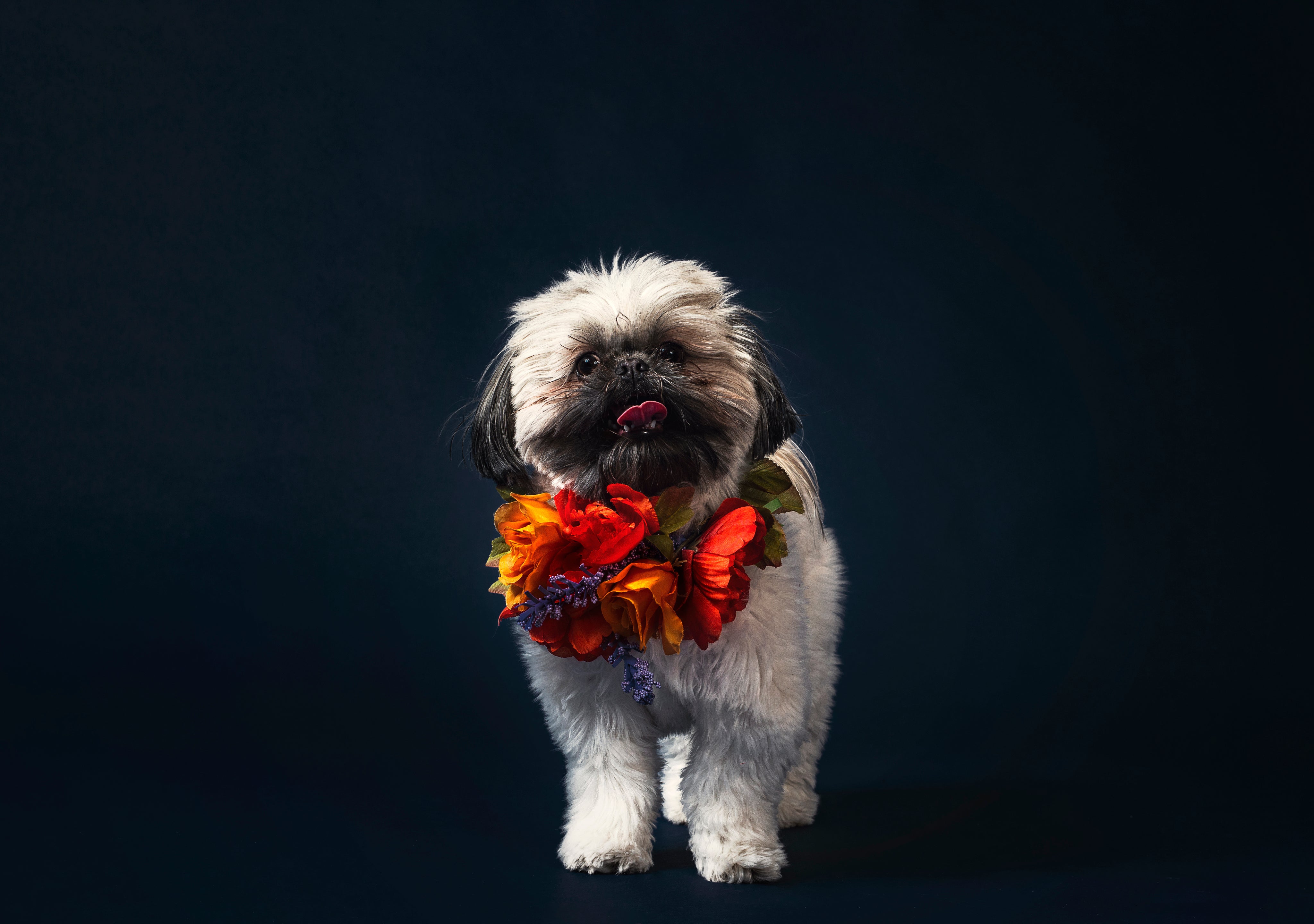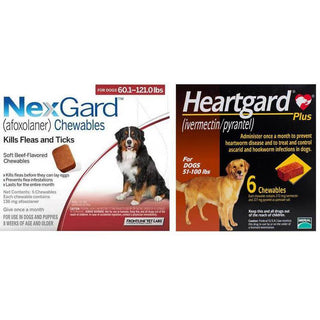
If you’ve ever watched your dog flop over, exposing their belly with that irresistible look of joy, you’ve likely wondered: Why do dogs like belly rubs so much? This adorable behavior is one of the most heart-warming ways dogs connect with their humans. But is it always a sign of trust and happiness, or could it have a different meaning? Let’s explore what’s really going on when your dog asks for a belly rub — and whether all dogs actually enjoy it.
Understanding Why Dogs Like Belly Rubs
1. It’s All About Trust and Bonding
When a dog flips over and reveals its belly, it’s showing one of the most vulnerable parts of its body. In the wild, this position signals submission and trust. So when your dog does it in front of you, it’s often their way of saying, “I trust you completely.”
Dogs that feel secure and relaxed around their owners enjoy belly rubs since they link the gesture with love and care. It’s a simple act that strengthens the emotional bond between you and your pet.
2. It Feels Physically Good
Beyond the emotional connection, belly rubs are a pleasant experience. Dogs have sensitive nerve endings in their stomach area, and when you gently rub or scratch, it activates the pleasure centers in their brain.
This releases endorphins — the same “feel-good” hormones humans experience during hugs or massages. That’s why your dog may sigh, wiggle, or even fall asleep mid-belly rub. It’s pure relaxation.
3. It’s a Sign of Relaxation and Comfort
A dog will only show its belly when it feels completely at ease. Whether they’re stretching out on the couch or playing on the floor, this gesture means they’re relaxed and happy.
If your dog rolls over in your presence, it’s often an invitation for a gentle rub — especially if their tail is wagging softly, their eyes are calm, and their mouth is slightly open. Those are all signs of comfort and contentment.
Do All Dogs Enjoy Belly Rubs?
Not necessarily. Just like humans, every dog has their own personality and preferences. Some love belly rubs endlessly, while others may not enjoy them at all.
1. Reading the Body Language
The key to knowing whether your dog truly enjoys a belly rub is to watch their body language:
- Enjoying it: Relaxed posture, soft tail wag, half-closed eyes, or gentle kicking movements.
- Not enjoying it: Stiff body, tucked tail, lip licking, or turning their head away.
If your dog displays any signs of unease or discomfort, it’s best to stop and let them decide when (or if) they want to continue. Forcing physical contact can cause a dog to become anxious or fearful.
2. Fear vs. Submission
Sometimes, rolling over doesn’t mean your dog wants a belly rub — it might be a submissive behavior. Dogs in this position may be saying, “I’m not a threat.”
To tell the difference:
- A dog asking for belly rubs will appear relaxed and happy.
- A dog showing submission may appear tense and avoid eye contact.
It’s important not to confuse the two. If your dog appears nervous or stiff, avoid touching their belly and give them space until they feel more comfortable.
How to Give the Perfect Belly Rub
Giving a belly rub might seem simple, but a few tips can make it much more enjoyable for your dog.
1. Let Your Dog Initiate
Always wait for your dog to roll over naturally. If they expose their belly while playing or lounging, gently place your hand near them to see if they respond positively. Respect their boundaries — not every roll means “rub me.”
2. Use Gentle Pressure
Begin with soft, circular motions using your fingertips or the palm of your hand. Dogs are sensitive around their belly, so avoid pressing too hard on this area. If your dog pushes against your hand or wags their tail, it’s a good sign they’re enjoying it.
3. Avoid Sensitive Areas
Stay away from areas near the ribs, genitals, or lower stomach unless you know your dog is comfortable. Stick to the center of the belly, chest, and upper stomach for the best reaction.
4. Keep It Short and Sweet
Most dogs enjoy belly rubs in short bursts. Too much stimulation can make them uneasy. A few minutes of gentle rubbing, followed by positive verbal cues like “good boy!” or “good girl!” keeps the moment happy and relaxed.
Why Belly Rubs Are Good for You Too
Belly rubs aren’t just enjoyable for your dog — they’re good for you as well! Research indicates that gently petting a dog can ease stress, lower blood pressure, and trigger the release of oxytocin — the hormone responsible for bonding and happiness.
So when you’re rubbing your dog’s belly, it’s not just an act of affection; it’s mutual therapy. Both of you get to relax, connect, and share a moment of unconditional love.
When to Be Cautious
If your dog doesn’t enjoy belly rubs, don’t worry — it doesn’t mean they don’t trust you. Some dogs prefer other forms of affection, such as:
- Ear scratches
- Back or shoulder rubs
- Gentle pats on the chest
Never force physical contact if your dog resists. Respecting their preferences builds a stronger, healthier relationship.
Additionally, if your dog suddenly stops enjoying belly rubs, consider consulting a veterinarian to rule out potential medical issues. They might be experiencing pain, discomfort, or skin irritation that makes touching the area unpleasant. Consult your veterinarian if you notice any changes in your pet's behavior.
Final Thoughts: Respect, Trust, and Love
Belly rubs are one of the purest expressions of love between dogs and their owners. When your dog flops down, exposing their tummy, they’re showing vulnerability and trust. For many dogs, a gentle belly rub is the highlight of their day — a moment filled with comfort, affection, and connection.
However, not all dogs enjoy it, and that’s completely normal. The key is to understand your dog’s signals, respect their boundaries, and offer affection in a way they prefer.
Ultimately, it’s the connection you share with your dog that matters most — not the number of belly rubs you give.






